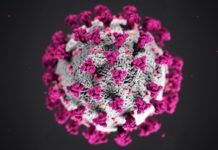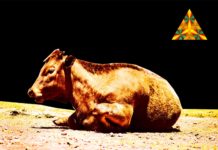Little baby tortoises may not seem like something to get all excited about, but when they are the first baby Pinzon giant tortoises to be born in the Galapagos Islands in one hundred years, it’s a big deal to conservationists.
Brief History on Galapagos Island Conservation
Back in 1970, an expedition to the Galapagos Island saw a mere 19 full-grown giant tortoises. This triggered conservationists to bring those adults to Santa Cruz Island to enter into a special captive breeding program where the young produced were taken back to Pinzon Island.
Now, 45 years later, those young have grown up and there are a total of 650 adults and juvenile tortoises living on the island. However, until now, none of those had ever produced young of their own as far as conservationists knew. As of December 2014, that has changed and six baby hatchling tortoises were discovered living on Pinzon Island.
The ability of the tortoises to be able to have viable young is credited in part to a black rat eradication program begun on the island in 2012. Prior to that, the black rats and brown rats were responsible for eating many giant tortoise hatchlings, so they didn’t survive to adulthood. Black rats are not a species native to the Galapagos Islands, but came there during the 17th century on pirate and whaling ships and are considered an invasive species.
Eradication programs have been successful on some of the other islands in the Galapagos Island region, but Pinzon Island is one of the biggest islands and efforts are still ongoing to get rid of the rats. As part of that eradication program, the tortoises were fed cactus pads so they wouldn’t eat the rat bait and get poisoned.
During the survey to count the island’s tortoises, the animals were tagged with an identification chip, as well as measurements taken to record the sex, age, and size, then each one was marked with paint. In this manner, the survey takers were able to get an estimate of the tortoise population by counting the ratio between marked and unmarked animals.
Dr. James Gibbs from the State University of New York, the College of Environmental Science and Forestry, was on the conservation team that discovered the six baby tortoises. He told reporters that the discovery of the infant tortoises was a testament to all of the hard work and dedication in the past 45 years to help this once nearly extinct group of animals to get on the road to recovery. The doctor has regularly worked alongside the Galapagos Islands Conservancy over the years to help with the tortoise restoration program via the Giant Tortoise Restoration Initiative.
The giant turtles on Pinzon Island in the Galapagos are just one of the many species in the world that are under the threat of extinction. The Galapagos Islands have received high-profile attention because of its relative isolation and presence of animals that are unlike any others in the world.

















